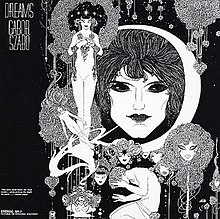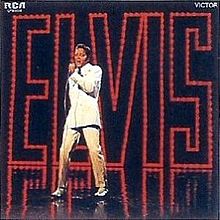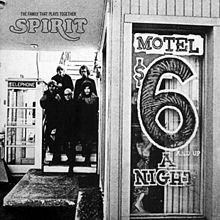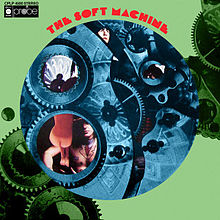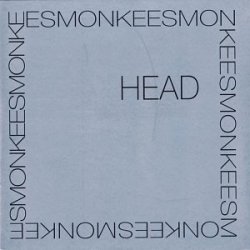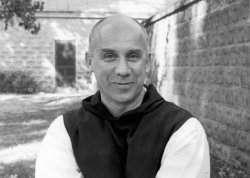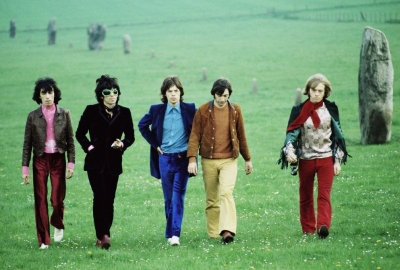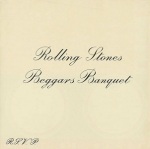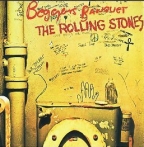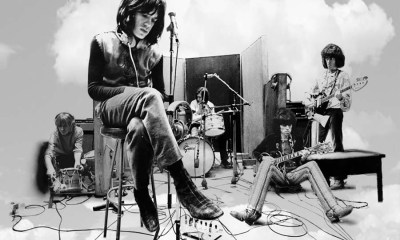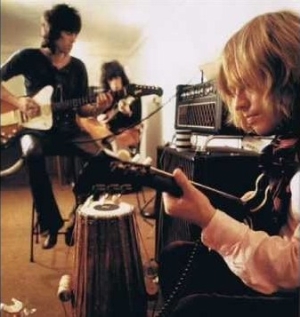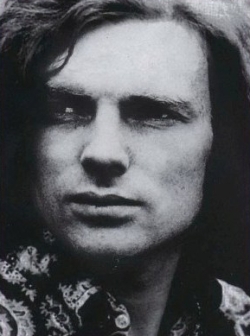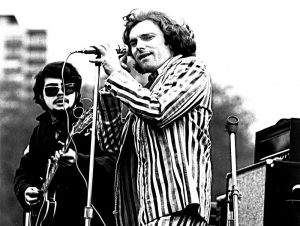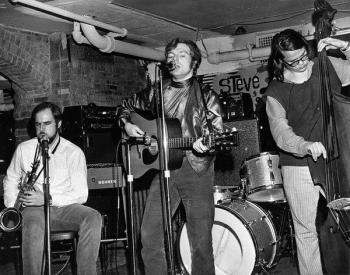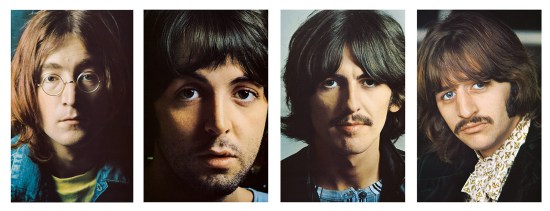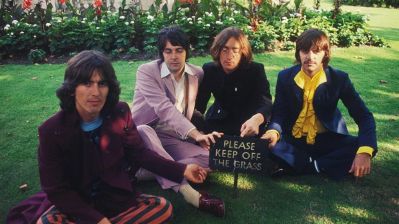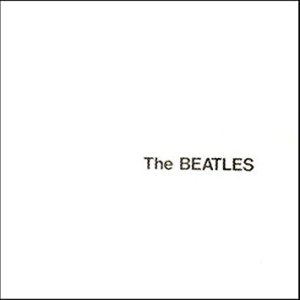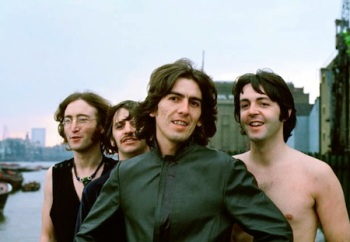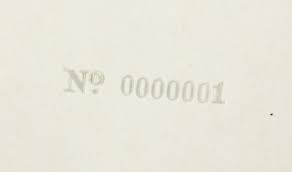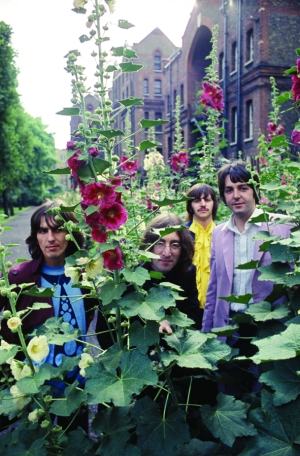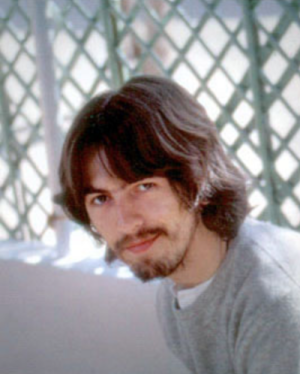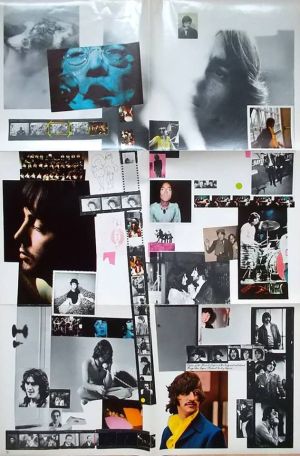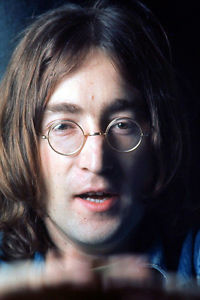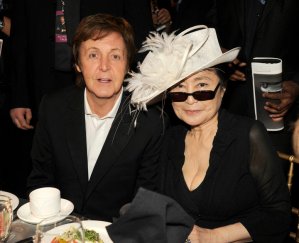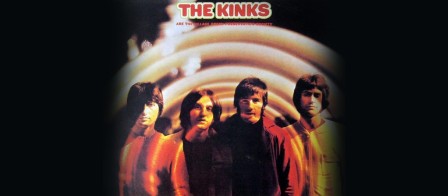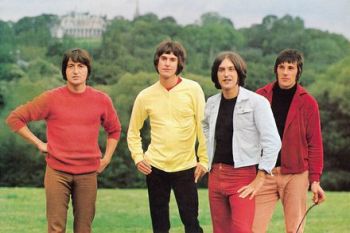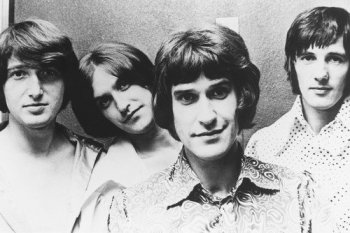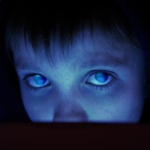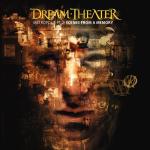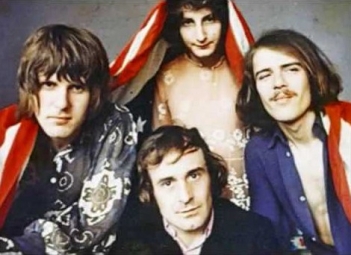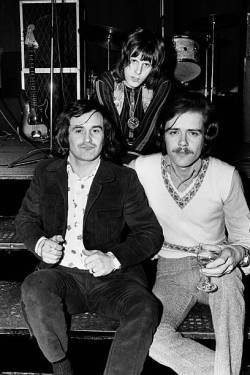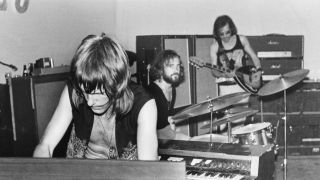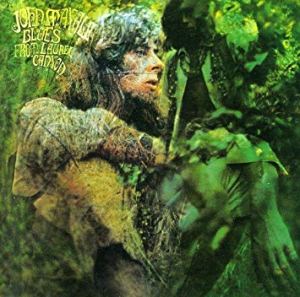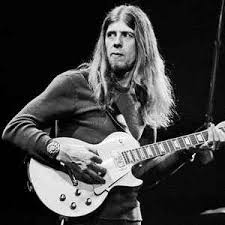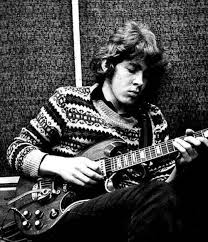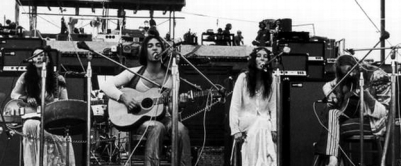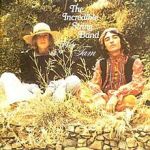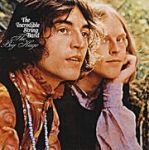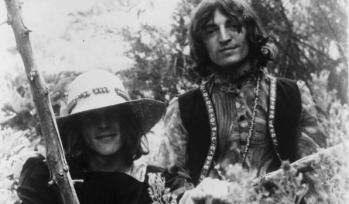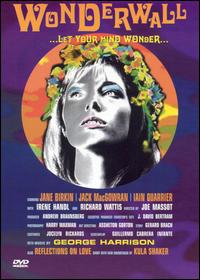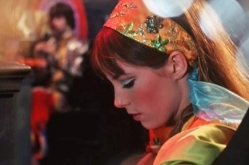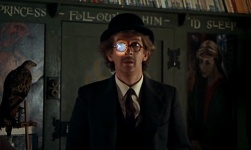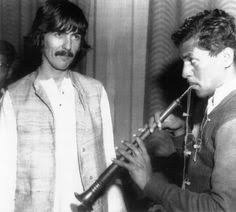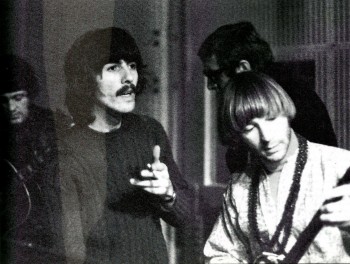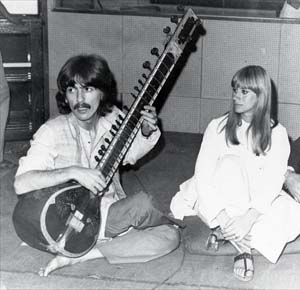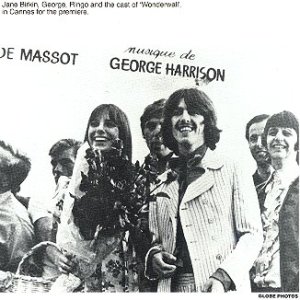It’s hard to believe that year one of Introgroove is in the books. I’ve had a blast so far sharing my thoughts on music and other events from the chaotic year 1968. I’ve also learned a lot which I previously did not know about some of these albums, most of which I’ve loved for years. Additionally, I’ve discovered for myself some previously unfamiliar works. I’d also like to say how much I’ve enjoyed reading your blogs throughout the year. I’ve learned a lot from them, and you keep me inspired to dig a little deeper. So, what’s left but to tie it all together with a ranking of my favorites from the year? As silly as it is to attempt to quantify a bunch of records that have had significant cultural impacts and which mean a lot to me personally, it’s what we do in the blogosphere!
This list is not an attempt to claim which albums are the “best” in terms of any number of criteria. I’d bet every single one of these albums has at least one person who could passionately and maybe even rationally express why it’s the best of 1968. My ranking is nothing more than an attempt to share my favorites in loosely accurate order based mostly upon the ones I’ve played and enjoyed the most over the years, and it ain’t an easy exercise. Releases by the Grateful Dead, Velvet Underground, Traffic, George Harrison, Donovan, and Aretha Franklin did not make my top 25. Nor did recordings I’ve only discovered for myself this year as a result of this now 12-month old hobby of mine by the likes of Dr. John, the Pentangle, Canned Heat, and Small Faces. Fantastic albums all.

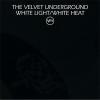


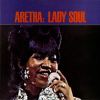


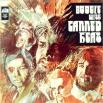
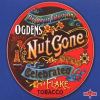
If interested in what I have to say about any of these albums or my top 25 and more, I invite you to look back through my posts from this year. I’ve covered them all. That said, thank you all for coming along for the ride with me. I hope you keep checking in as we move forward-yet-backward into 1969. Happy New Year!
-Stephen
25. The Doors – Waiting for the Sun (July 3)
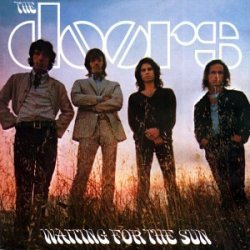
24. James Taylor – James Taylor (December 6)

23. Pink Floyd – A Saucerful of Secrets (June 29)
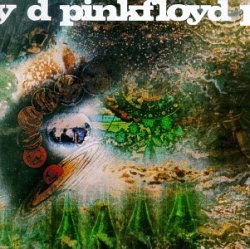
22. Jethro Tull – This Was (October 25)
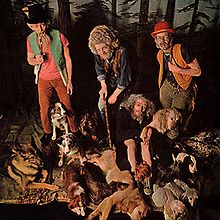
21. Johnny Cash – At Folsom Prison (May)
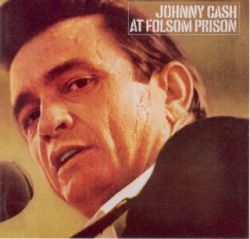
20. Laura Nyro – Eli and the 13th Confession (March 13)
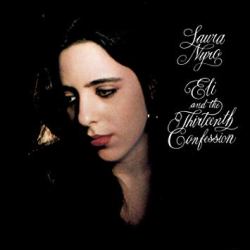
19. The Pretty Things – S.F. Sorrow (Dec. 1)
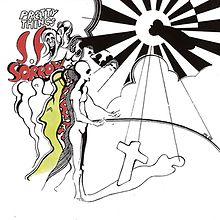
18. Jeff Beck Group – Truth (August)
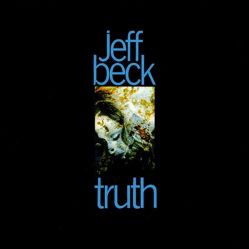
17. The Incredible String Band – The Hangman’s Beautiful Daughter (March)

16. Big Brother and the Holding Co. – Cheap Thrills (August 12)
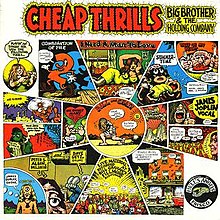
15. The Byrds – The Notorious Byrd Brothers (January 15)
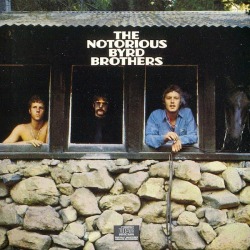
14. Cream – Wheels of Fire (August 9)
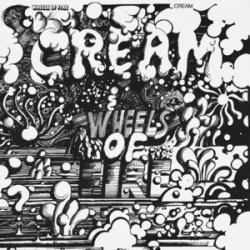
13. Buffalo Springfield – Last Time Around (July 30)
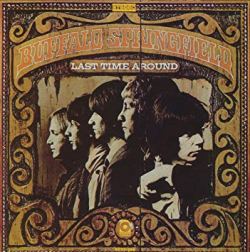
12. The Kinks – The Kinks Are the Village Green Preservation Society (November 22)
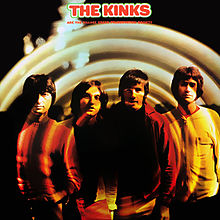
11. The Zombies – Odessey and Oracle (April 19)
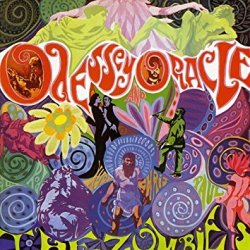
10. Bloomfield Kooper Stills – Super Session (July 22)
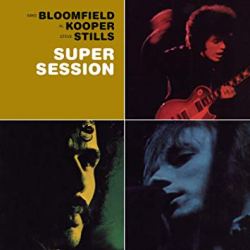
9. The Moody Blues – In Search of the Lost Chord (July 26)
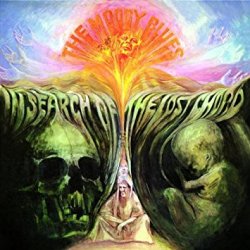
8. The Byrds – Sweetheart of the Rodeo (August 30)
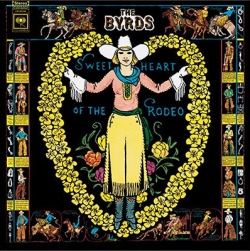
7. Dillard & Clark – The Fantastic Expedition of Dillard & Clark (October)

6. The Band – Music from Big Pink (July 1)
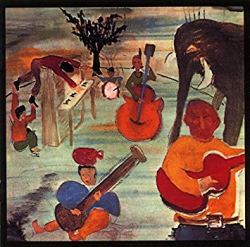
5. The Rolling Stones – Beggar’s Banquet (December 6)
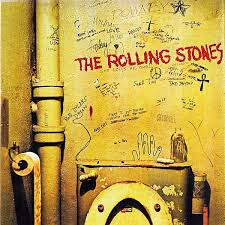
4. The Jimi Hendrix Experience – Electric Ladyland (October 16)
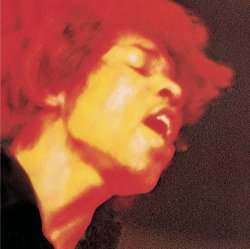
3. Simon and Garfunkel – Bookends (April 3)
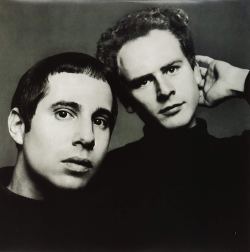
2. Van Morrison – Astral Weeks (November 29)
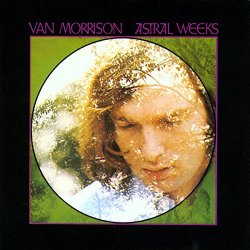
1. The Beatles – The Beatles (The White Album) (November 22)
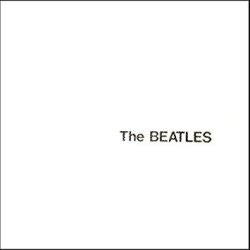
Cheers!
